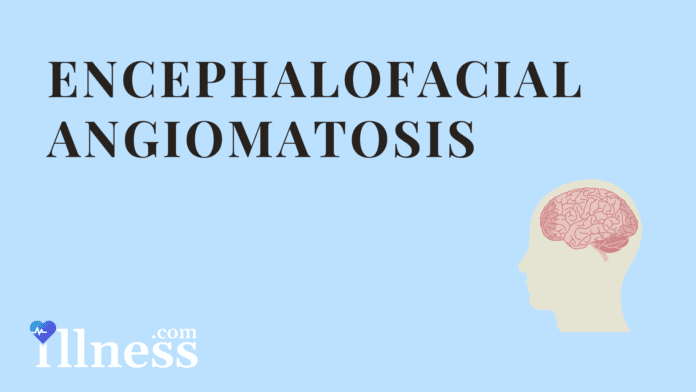Overview Of Sturge-Weber Syndrome
Sturge-Weber syndrome (SWS) is a rare disorder that is present at birth. A child with this condition will have a port-wine stain birthmark (usually on the face) and may have nervous system problems.
Commonly Associated With
Encephalotrigeminal angiomatosis; SWS
Causes Of Sturge-Weber Syndrome
In many people, the cause of Sturge-Weber is due to a mutation of the GNAQ gene. This gene affects small blood vessels called capillaries. Problems in the capillaries cause the port-wine stains to form.
Sturge-Weber is not thought to be passed down (inherited) through families.
Symptoms Of Sturge-Weber Syndrome
Symptoms of SWS include:
- Port-wine stain (more common on the upper face and eye-lid than the rest of the body)
- Seizures
- Headache
- Paralysis or weakness on one side
- Learning disabilities
- Glaucoma (very high fluid pressure in the eye)
- Low thyroid (hypothyroidism)
Exams & Tests
Glaucoma may be one sign of the condition.
Tests may include:
- CT scan
- MRI scan
- X-rays
Treatment Of Sturge-Weber Syndrome
Treatment is based on the person’s signs and symptoms, and may include:
- Anticonvulsant medicines for seizures
- Eye drops or surgery to treat glaucoma
- Laser therapy for port-wine stains
- Physical therapy for paralysis or weakness
- Possible brain surgery to prevent seizures



